Personalized Mastery-Based Learning: How to Guide
The CoolCatTeacher
OCTOBER 2, 2024
From the Cool Cat Teacher Blog by Vicki Davis Follow @coolcatteacher on Twitter In this episode you'll learn about a whole school that moved to personalized mastery-based learning and then you'll meet three teachers from around the US who are implementing this in their classrooms.

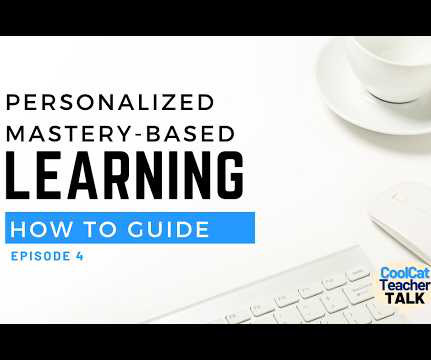


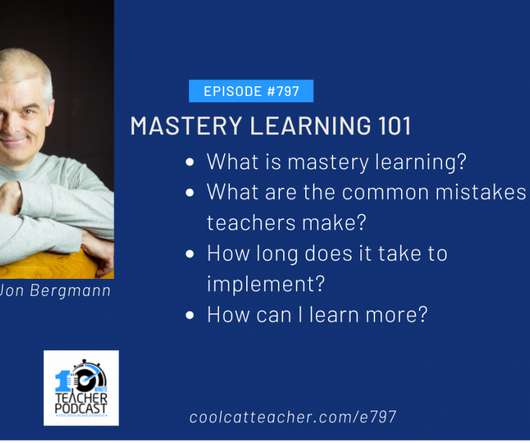

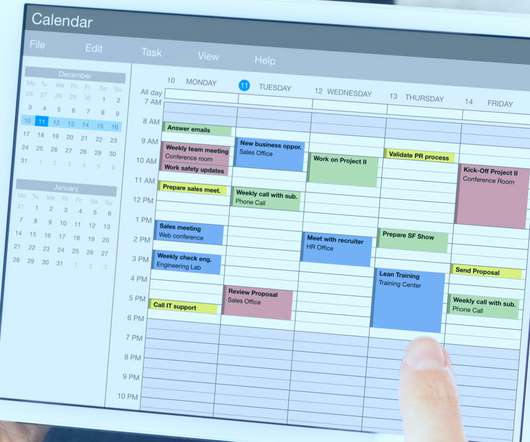

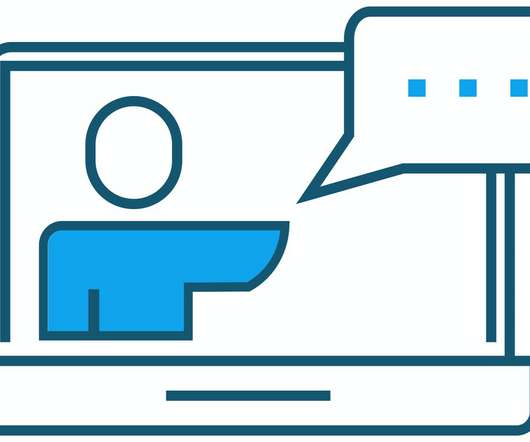






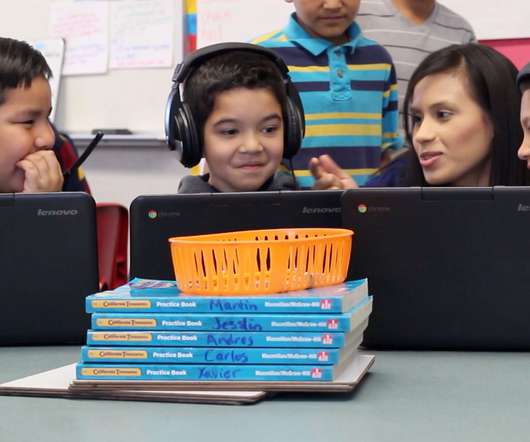



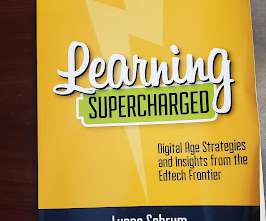



















Let's personalize your content